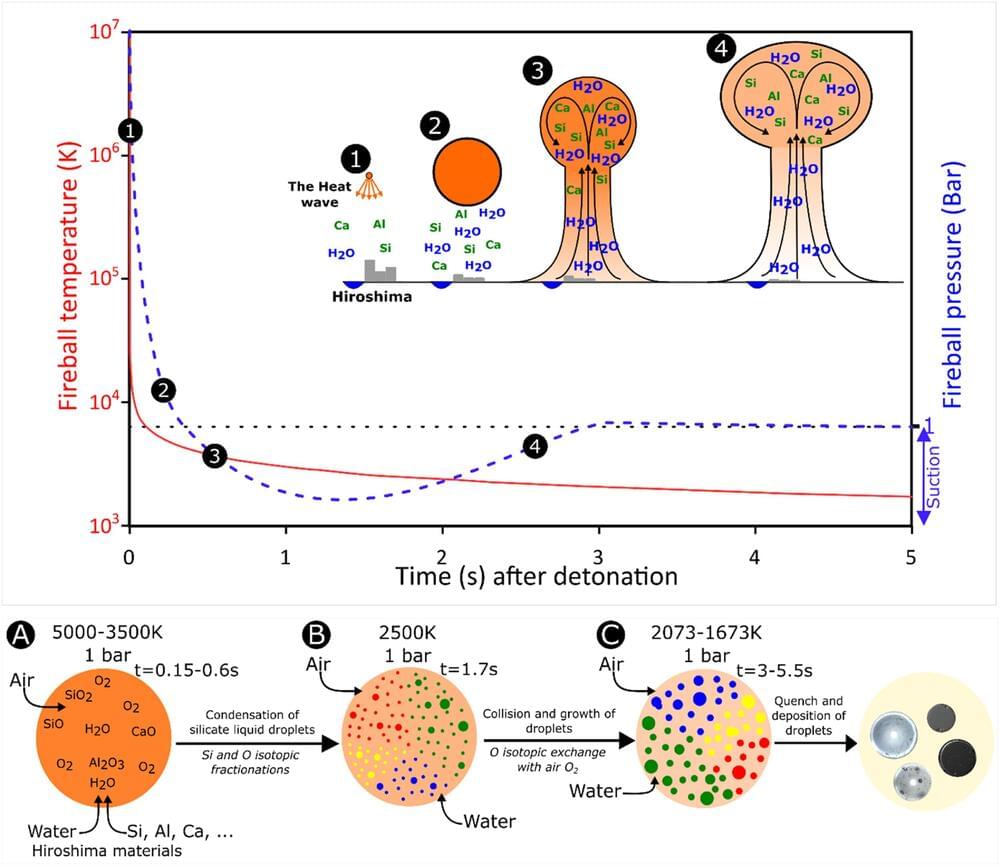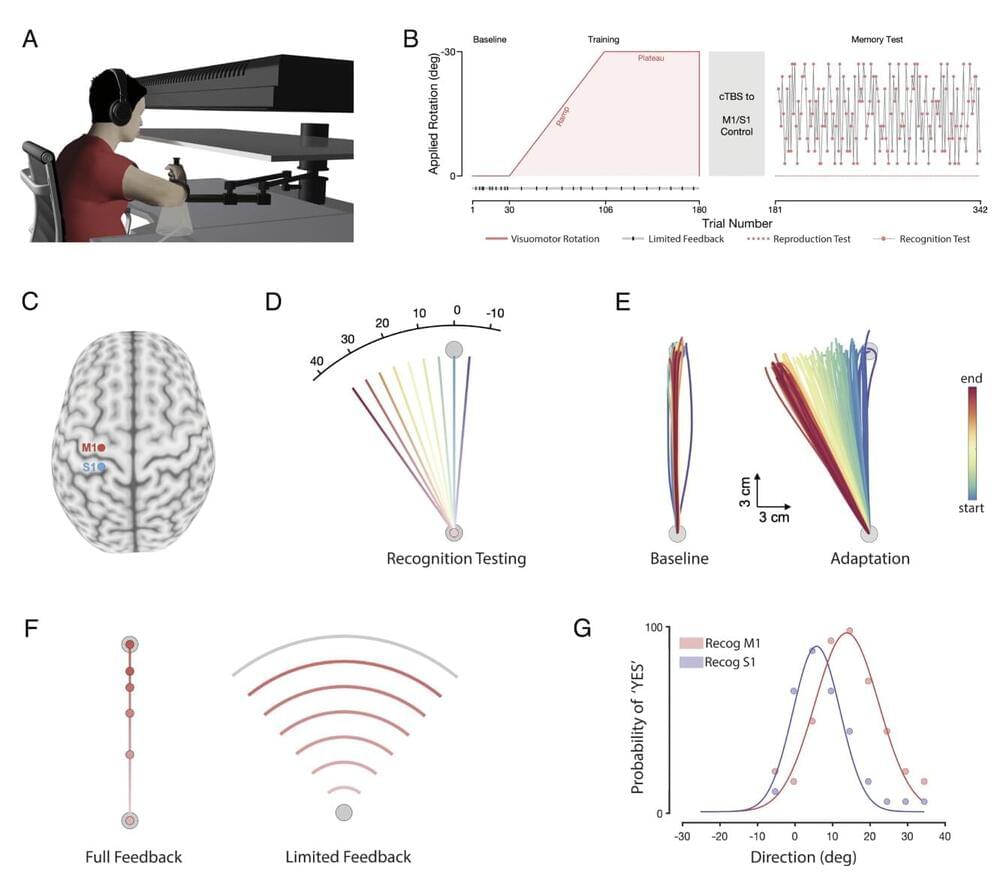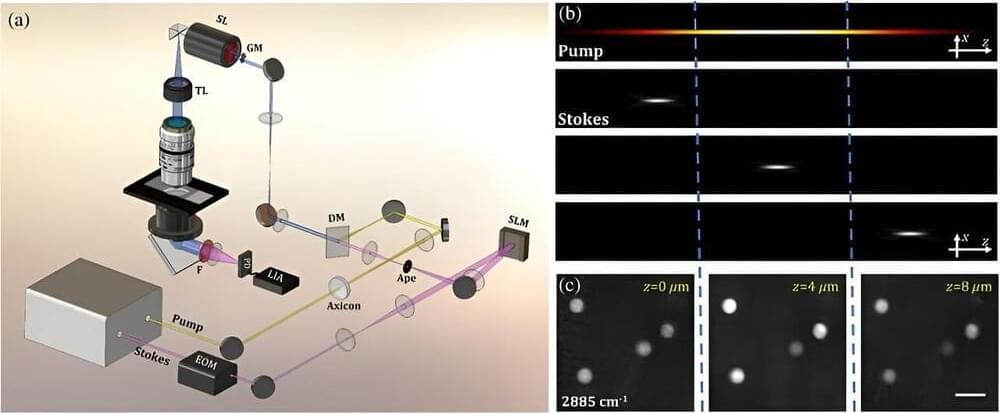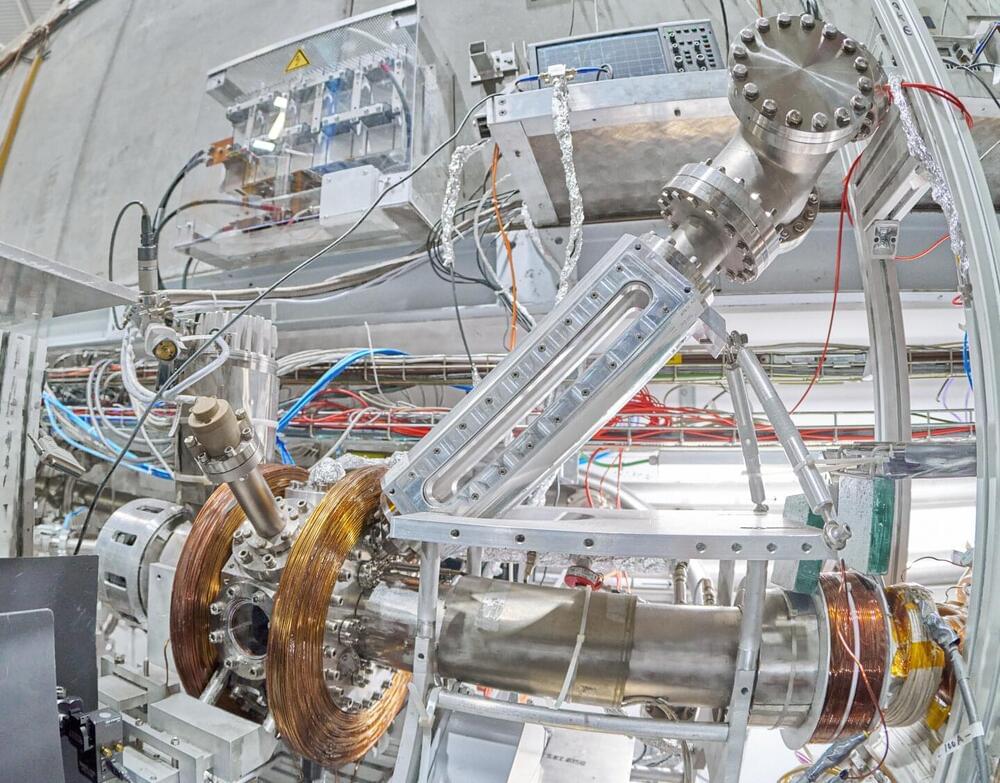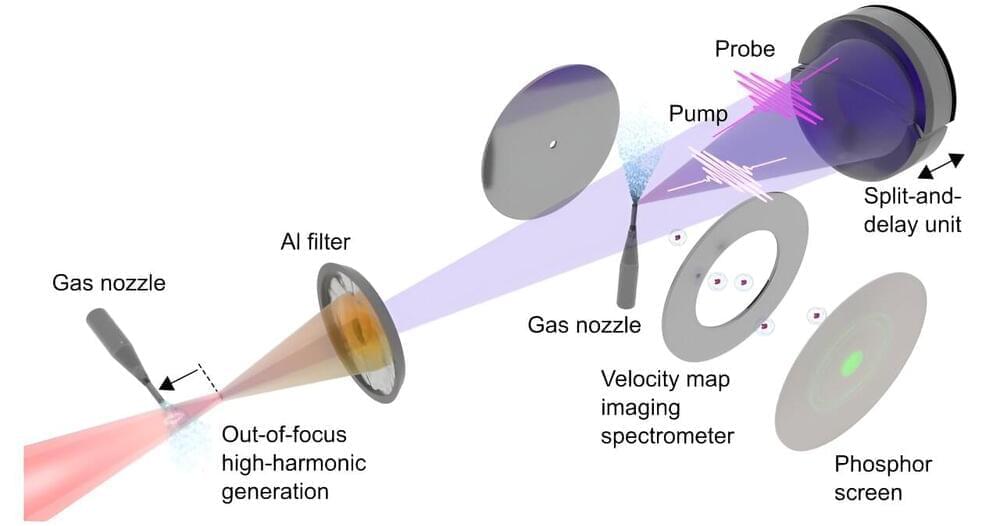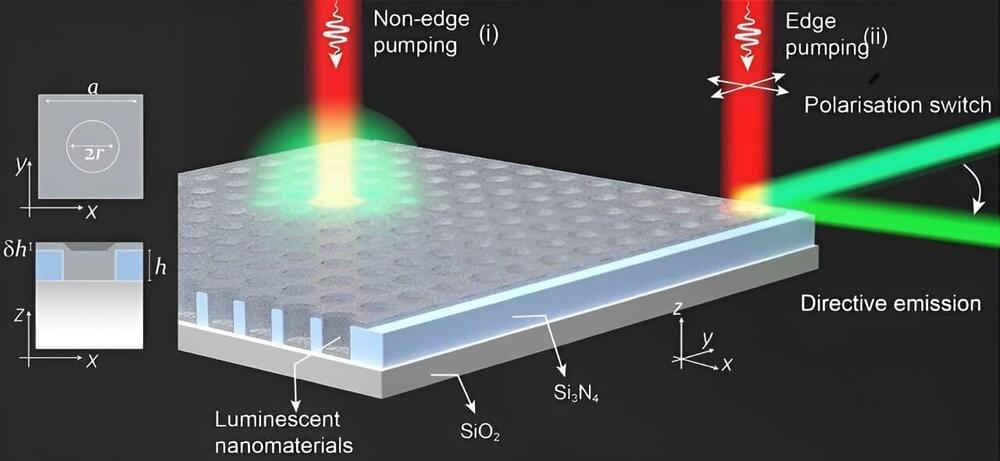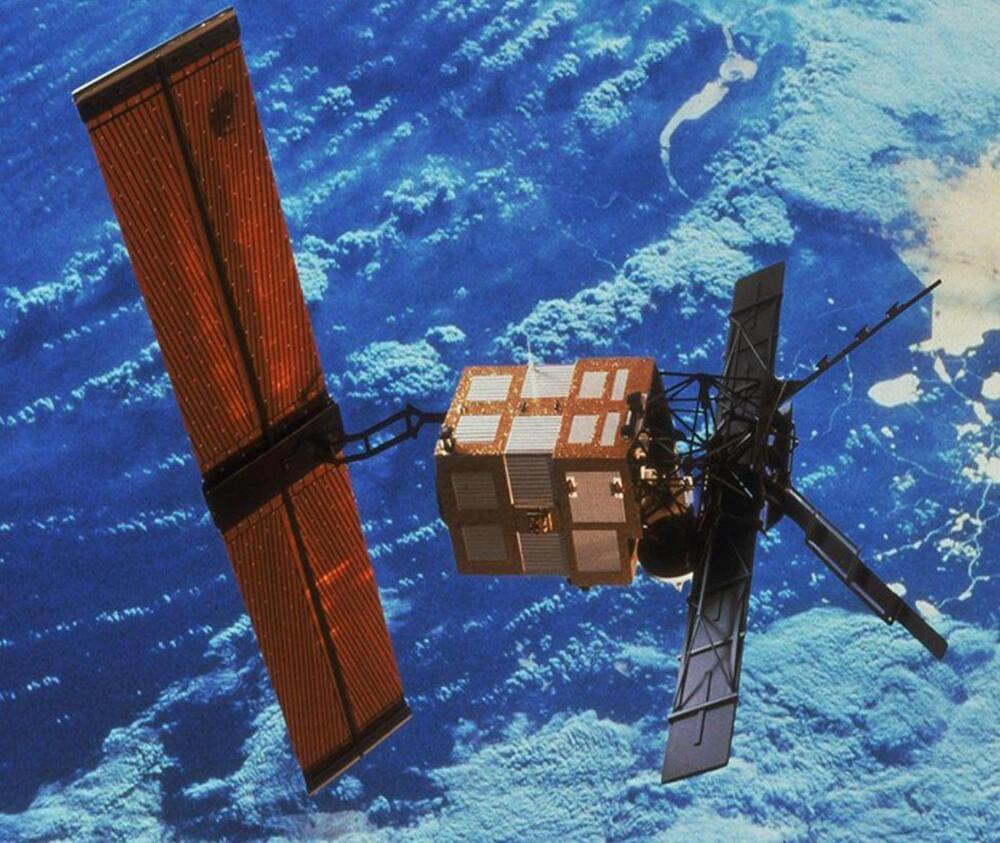Feb 23, 2024
Hiroshima fallout debris linked to first solar system condensates
Posted by Saúl Morales Rodriguéz in categories: biotech/medical, chemistry, military
The atomic bombing of Hiroshima, Japan, by the United States in August 1945 was not only devastating at the time, resulting in the deaths of hundreds of thousands of people, but it has had long-standing impacts to the present day, particularly the elevated incidence of cancer from radiation.
Continued research of Hiroshima Bay has uncovered a new kind of debris from the fallout, known as Hiroshima glasses. These formed from vaporized materials of the bomb and the surrounding landscape and infrastructure being targeted.
New research published in Earth and Planetary Science Letters has analyzed the chemical and isotopic compositions of these glasses to ascertain their formation process during the nuclear event.
